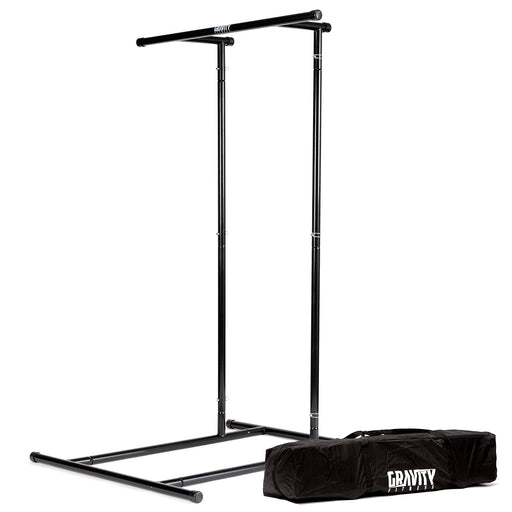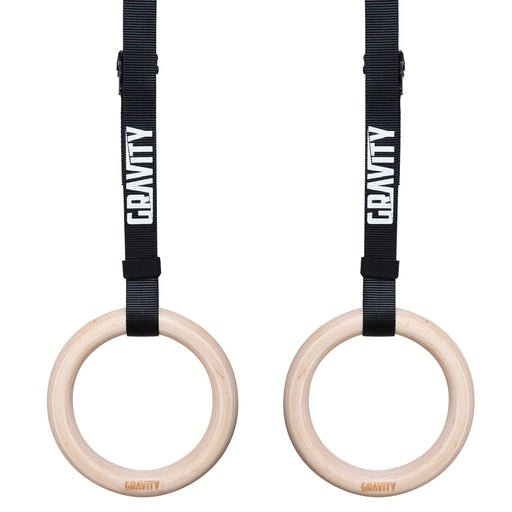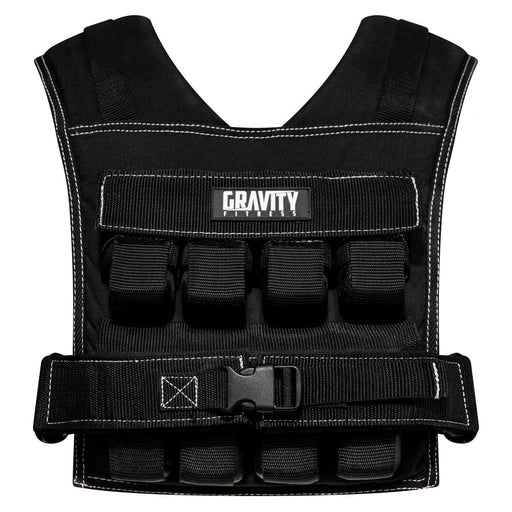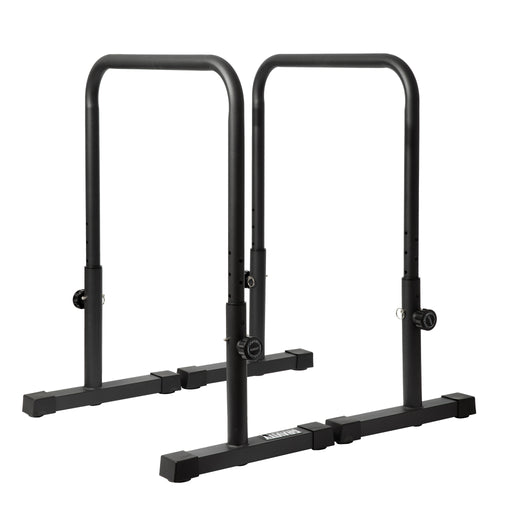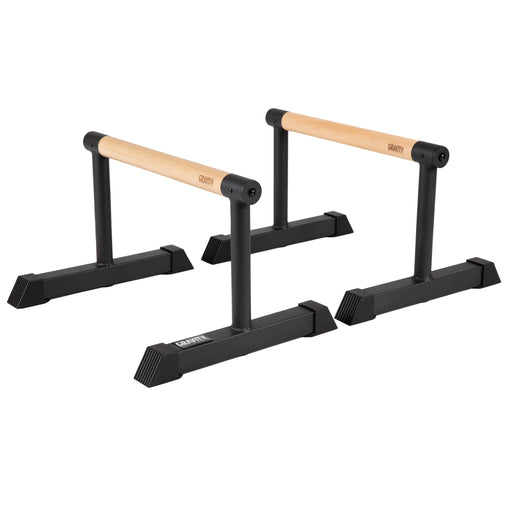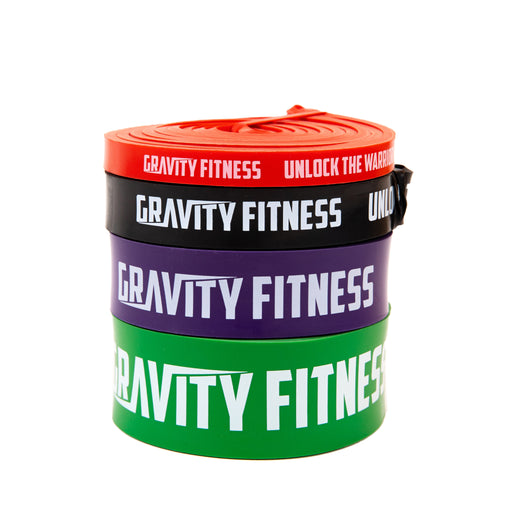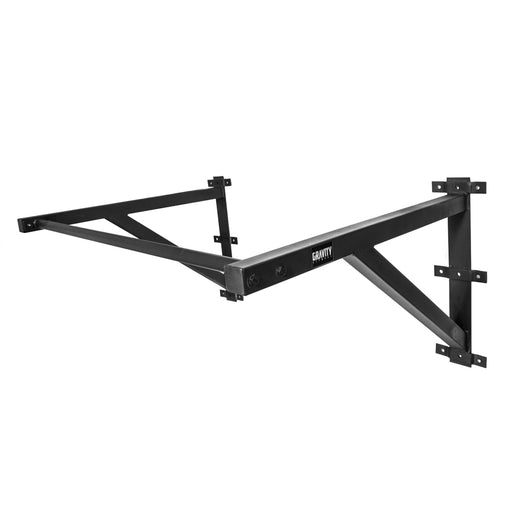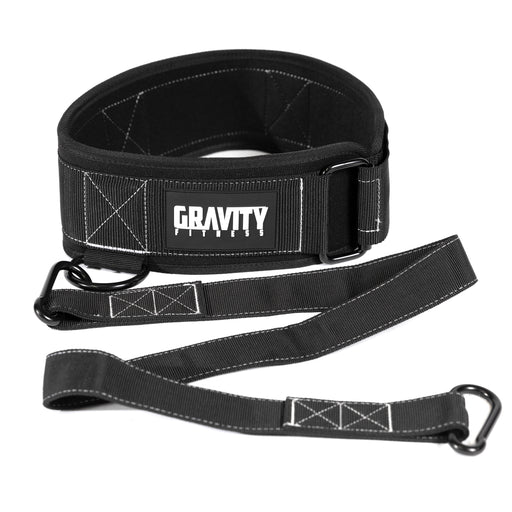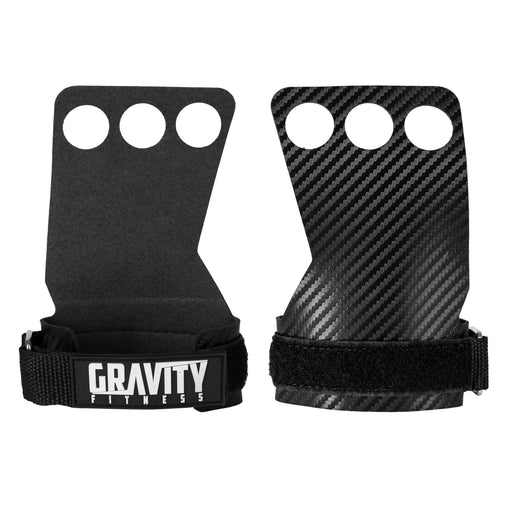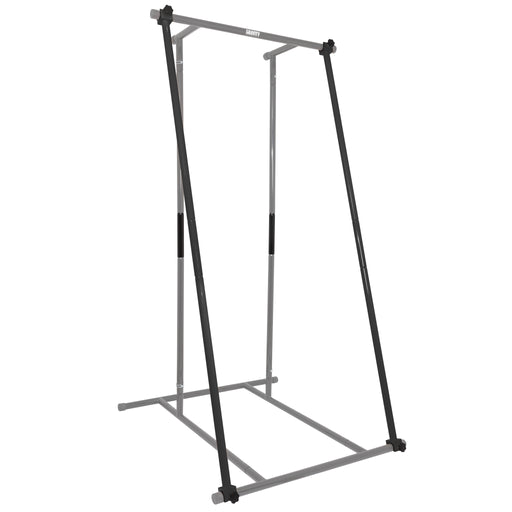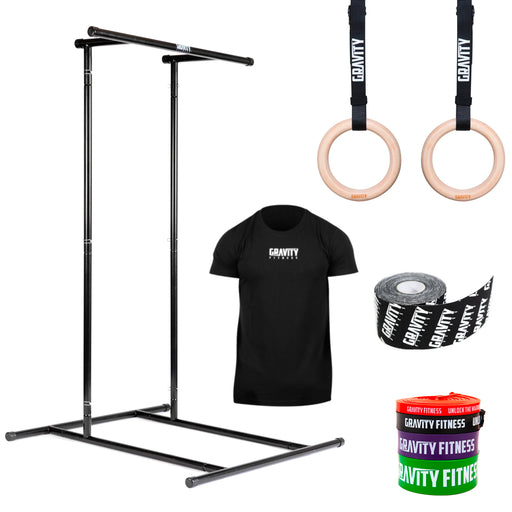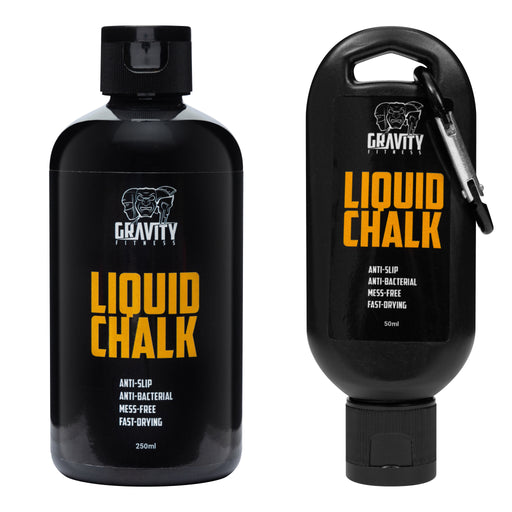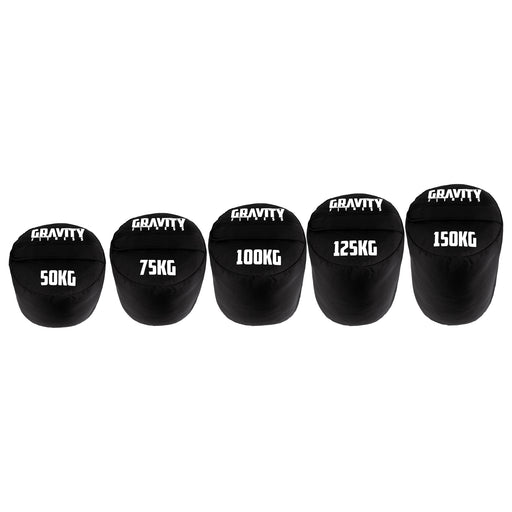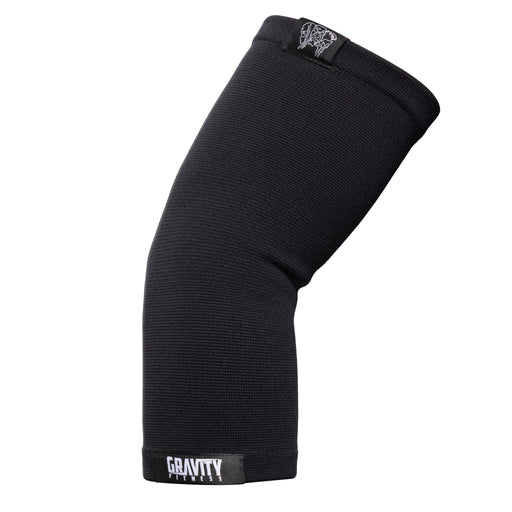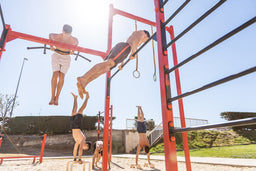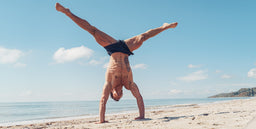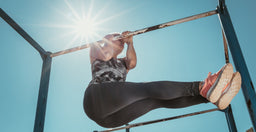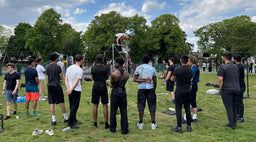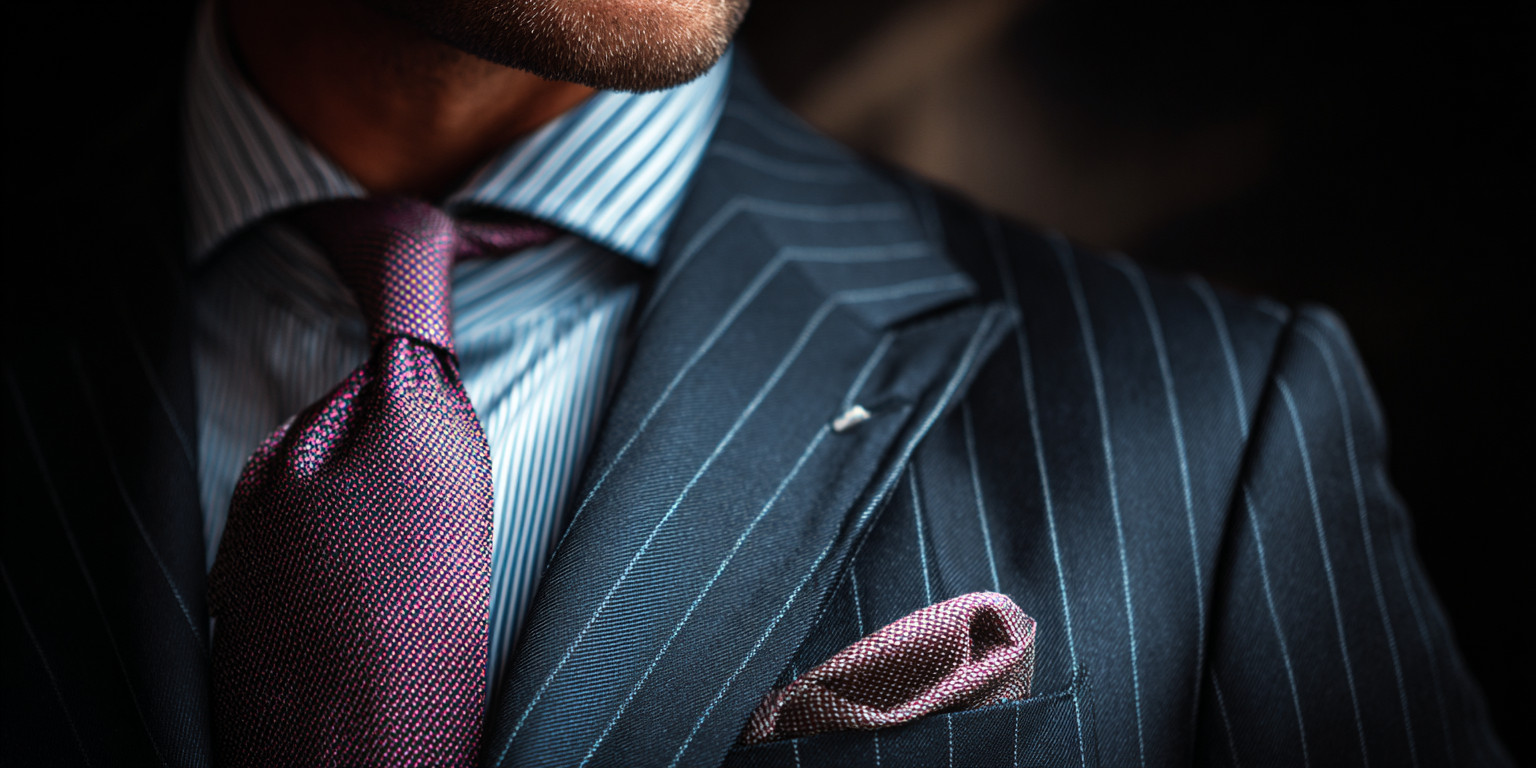
The Psychology of Looking Fit: How Calisthenics Shapes Opportunity, Perception, and Success
When most of us train, we focus on the obvious benefits: strength, endurance, mobility, and health. But there’s another layer — one that operates silently in the background every time you meet someone new, walk into a room, or step into an interview.
Looking fit isn’t just about physical capability. It’s about how others respond to you, often in ways you might not notice. From better first impressions to greater social credibility, the psychology of appearance is a fascinating — and sometimes uncomfortable — reality of human behaviour.
“Physical fitness is not only one of the most important keys to a healthy body; it is the basis of dynamic and creative intellectual activity.” - John F. Kennedy
Thin-slicing: The science of instant impressions
Psychologists call it thin-slicing — our brain’s ability to make quick, unconscious judgments about people based on very limited information.
Malcolm Gladwell popularised the concept in Blink, but the research dates back decades. Studies show that people can form lasting impressions of someone’s competence, trustworthiness, and likeability in less than one-tenth of a second based purely on visual cues like posture, clothing, and crucially, physical condition.
Whenever you're around new people, something happens subconsciouly, without you even noticing, which is the culmination of evolutionary process. Firstly, your brain does a quick check to see if they look like a threat. In the days of survival of the fittest, this was a crucial ability which has stuck with us to this day, hidden in the recesses of our subconcious. Secondly, you check if the person is attractive, regardless of their gender. Again, this is a byproduct of evultionary process, derived from the need to survive and reproduce.
When you look fit and healthy, thin-slicing tends to work in your favour. We associate physical fitness with:
-
Discipline and self-control — A fit body suggests someone makes consistent, disciplined choices over time.
-
Energy and capability — We subconsciously assume fitter people have more stamina, productivity, and resilience.
-
Confidence — Even if confidence is internal, it often comes across in posture, gait, and eye contact.
The “Halo Effect” of looking healthy
The halo effect is a cognitive bias where our overall impression of a person influences how we feel about their specific traits. In other words, if someone looks healthy and athletic, we’re more likely to believe they’re also competent, reliable, and intelligent — even if we’ve never seen their work.
This can have surprisingly wide-reaching impacts:
-
Professional opportunities — Research in organisational psychology suggests that physically fit individuals are more likely to be perceived as leadership material.
-
Social trust — People are more inclined to trust and cooperate with those who appear healthy and strong.
-
Networking advantage — First impressions in social and business settings often determine whether relationships develop further.
Real-world studies: The fitter advantage
Multiple studies have examined how physical appearance affects life outcomes:
-
Hiring decisions — A 2014 study in Frontiers in Psychology found that physically active candidates were rated as more employable and likely to be successful.
-
Perceived credibility — Research from the Journal of Nonverbal Behavior shows that athletic-looking individuals are judged as more persuasive and competent.
-
Sales & influence — In customer-facing roles, physically fit staff were rated higher in likability and trustworthiness.
This doesn’t mean appearance should matter more than skill or personality — but in practice, it often does.
Why this matters for your training
Training with calisthenics or functional strength equipment isn’t just about what you can lift or how fast you can move. Your physical presentation influences the doors that open for you in life:
-
Career — You might be more likely to get called back for interviews, be trusted with leadership, or be chosen for public-facing roles.
-
Relationships — People are often more receptive and engaging when interacting with someone who looks vibrant and energetic.
-
Self-perception — Perhaps most importantly, looking fit reinforces your own self-image, which can create a virtuous cycle of confidence and achievement.
How to build the “fit” look (without chasing vanity)
-
Train for performance first — Chasing strength, mobility, and endurance naturally shapes a healthy, athletic physique.
-
Consistency over perfection — The discipline that impresses others comes from years of steady work, not quick fixes.
-
Posture and presence — A strong back, open chest, and upright stance communicate confidence instantly.
-
Lifestyle alignment — Nutrition, sleep, and recovery are as important for appearance as they are for performance.
Looking fit and healthy is more than skin deep. It’s a form of social currency — influencing how people treat you, the opportunities you attract, and even how you see yourself.
Through thin-slicing and the halo effect, your appearance can open doors before you’ve said a word. The key? Train for a body that performs well — the aesthetic benefits will follow naturally, and so will the advantages they bring in your personal and professional life.
That’s where calisthenics and weighted vest training shine. Bodyweight movements develop balanced, functional muscle that looks athletic, not overbuilt — while a weighted vest adds scalable resistance without sacrificing mobility. Together, they build a physique that’s as capable as it is aesthetic, proving that looking fit doesn’t have to be about vanity — it can be a visible reflection of discipline, health, and the confidence to take on whatever life throws at you.













